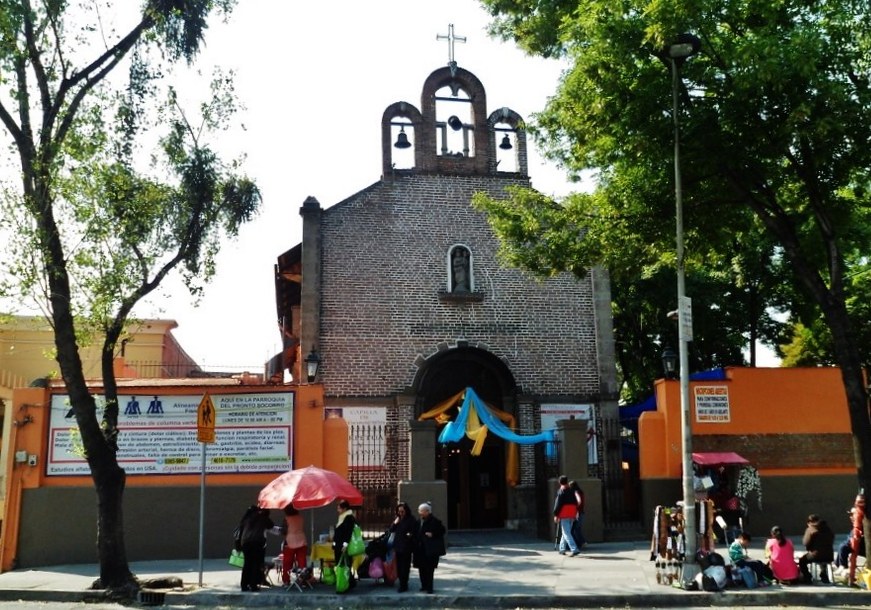
La Iglesia de Nuestra Señora del Pronto Socorro es la parroquia del antiguo pueblo de Popotla. Es uno de los cinco asentamientos originales de Miguel Hidalgo. La iglesia destaca, más que nada, por el pueblo que representa. Ese pueblo fue conocido durante mucho tiempo como San Estaban Popotla, parte de la diócesis de Tacuba de la época colonial. La antigua iglesia de San Esteban fue demolida a principios del siglo XX.
El pueblo de Popotla es recordado desde hace mucho tiempo como el sitio del Árbol de la Noche Victoriosa, que está prácticamente al lado. Se dice que el cementerio de este lugar, perdido hace tiempo, incluía la roca donde Hernán Cortés lloró realmente. De hecho, ya en el siglo XVI se construyó aquí algún tipo de ermita. Fray Bernardino de Sahagún hace referencia a ella en su Historia general de las cosas de la Nueva España.
La parroquia comenzó a construir una primera versión de esta iglesia hacia 1900, pero fue sustituida de nuevo a mediados del siglo XX. Se volvió a dedicar a la Virgen del Pronto Socorro. Una capilla en el lado este del templo está dedicada a la Virgen de Guadalupe.
Es probable que los feligreses de este lugar buscaran un reemplazo más moderno para la antigua San Estaban. Pero hoy, el mapa del barrio muestra lo que probablemente fue un modesto pueblo de la época colonial. La capilla de la Merced de las Huertas y una anterior en el sitio del templo de San Antonio recuerdan una comunidad agrícola de cierta importancia. La Popotla que hoy visitamos sigue siendo más famosa por las casas de la época victoriana construidas a principios del siglo XX. Fue la época de apogeo de la Villa Azcapotzalco y Tacuba y cuando Santa María la Ribera y San Rafael cobraron protagonismo.
 +525576785783
+525576785783
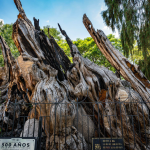
Cercano a 0.04 kms.
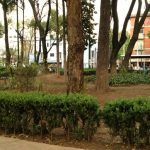
Cercano a 0.26 kms.

Cercano a 0.38 kms.

Un favorito del vecindario recién llegado desde el antiguo rellano de la calzada.
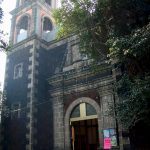
Una iglesia del barrio de Tacuba en Azcapotzalco...
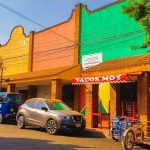
Un gigantesco mercado en el viejo oeste de Tacuba...
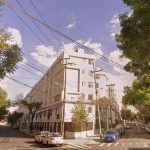
Barrio milenario de la colonia Tacuba, hoy sede de un enorme parque...

El sitio de la legendaria derrota de Hernán Cortés en 1520, a lo largo de la antigua calzada.